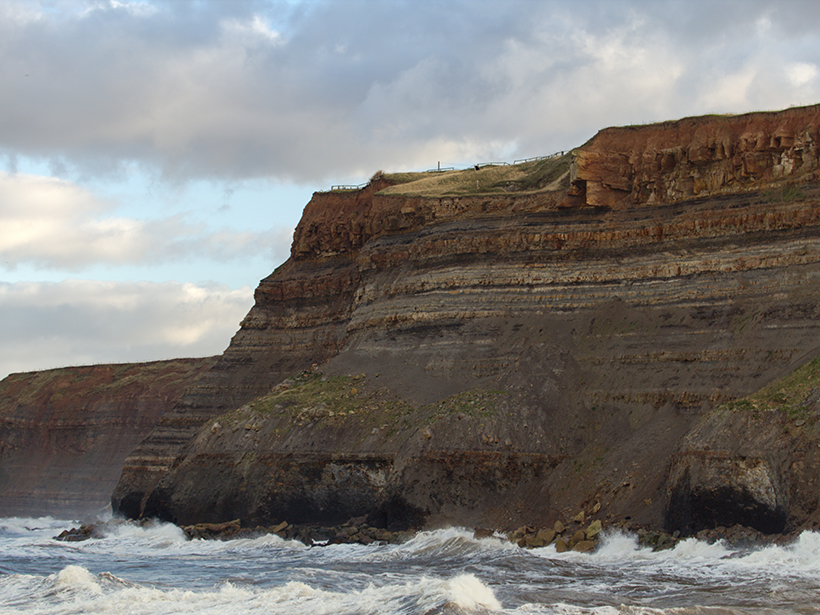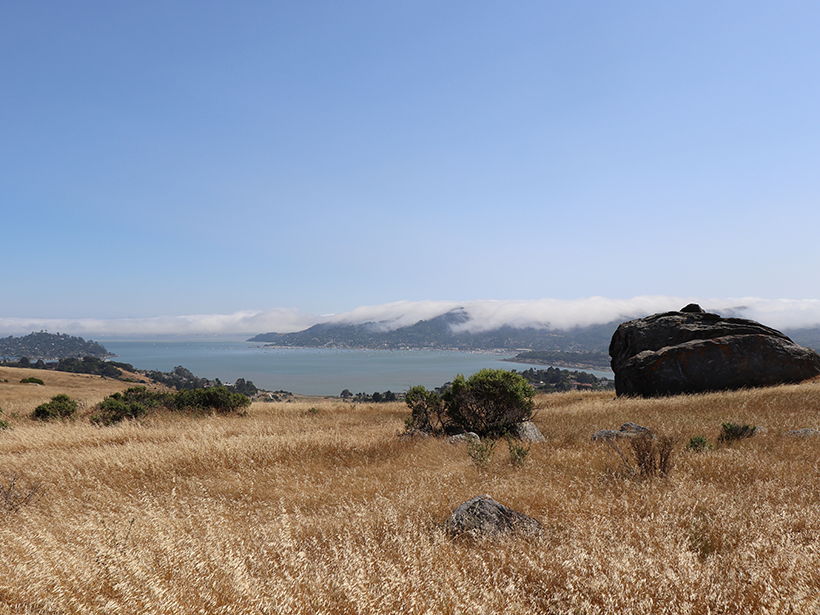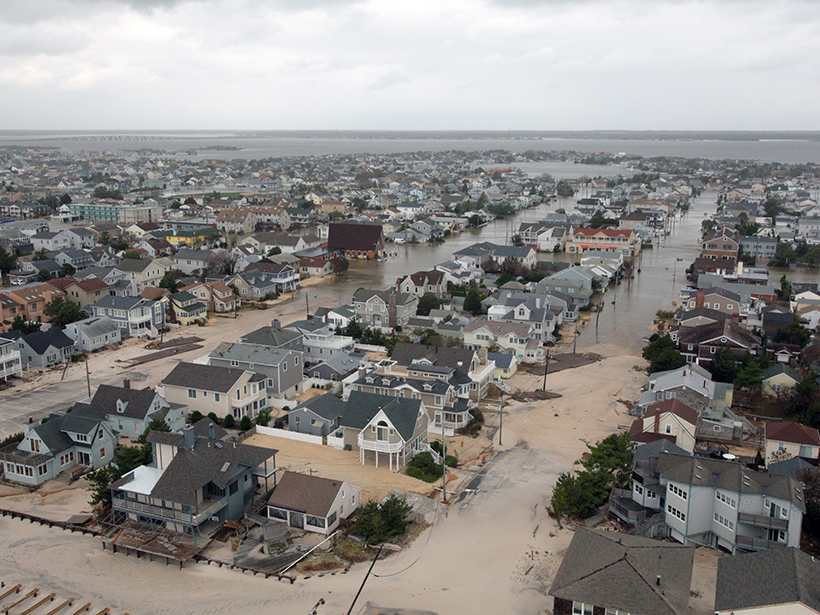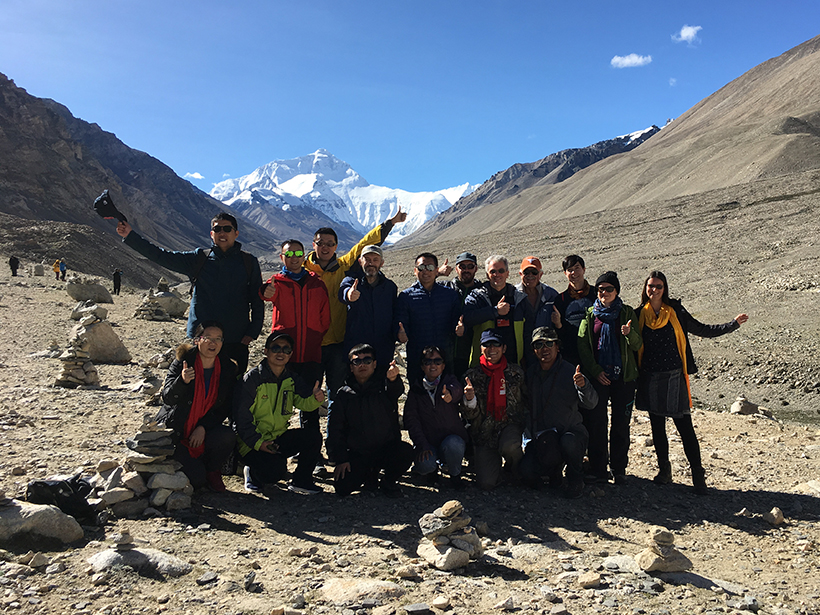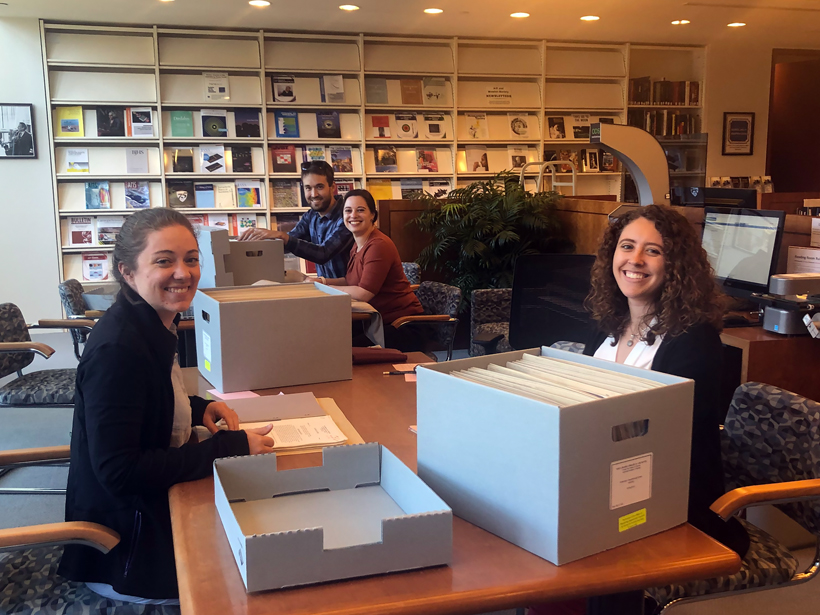Researchers studying an eroding coastal cliff detected 10 times more rockfall events when monitoring surveys were conducted hourly versus monthly.
AGU 2019
Momentum Grows for Mapping the Seafloor
Initiatives like the Nippon Foundation-GEBCO Seabed 2030 Project can help us better understand the ocean.
Scientists Explore How Best to Communicate About Climate Change
An AGU Fall Meeting session focuses on communicating with appropriate urgency about climate change.
How to Turn Your Smartphone into an Earthquake Detector
A free smartphone app tracks earthquakes using your phone’s accelerometer. One day, the app could issue emergency warnings to those in danger.
A Streetcar for the Digital Age
A Streetcar to Subduction for the digital age: AGU revises a classic guidebook using Google Earth.
AGU’s Bridge Program Creates Opportunities for Underrepresented Students
In its first year, 20% of the 250 active Earth and space science graduate programs in the United States applied for partnership with the program.
Improving Estimates of Coastal Carbon Sequestration
A new two-model approach could reduce uncertainties in calculated rates of “blue carbon” accumulation within soils of seagrass, tidal marsh, and mangrove habitats.
Sea Level Science Grapples with Uncertainty and Usability
Improved transdisciplinary approaches are needed to ensure that research on rising seas is useful for planning in coastal communities.
Lifting Up the Next Generation with Austin Student Travel Grants
Jamie Austin is helping AGU build an endowment for the benefit of our future Earth and space scientists—and you should be part of it.
Digging Into 100 Years of AGU Treasures
AGU staff members spent an afternoon exploring the organization’s archives and unearthing gems from the past.

